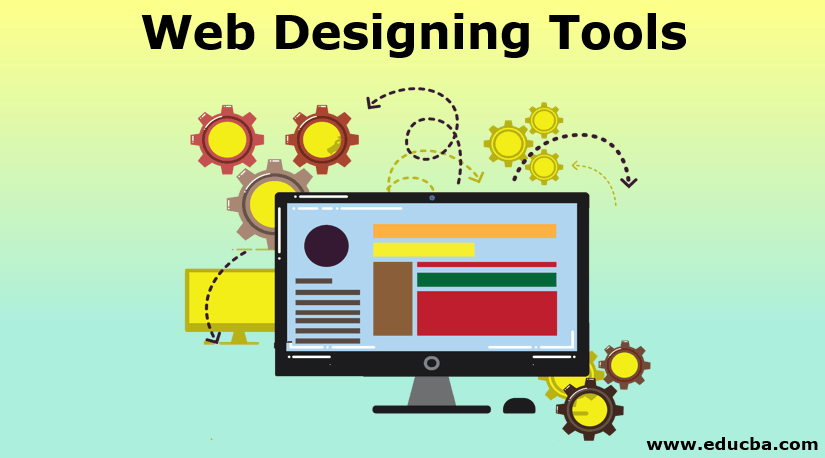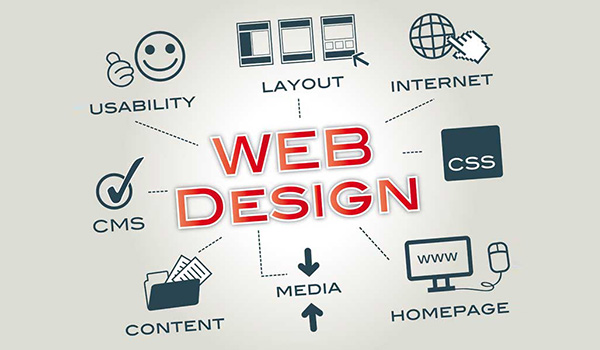Aligned Position Web Design: Transform Your Online Presence with Expert Web Design Services
Aligned Position Web Design: Transform Your Online Presence with Expert Web Design Services
Blog Article
The Most Effective Sorts Of Web Style to Enhance Individual Experience and Engagement
In the ever-evolving landscape of digital communication, the efficiency of Web style considerably influences user experience and engagement. Various design approaches, such as minimal, responsive, and interactive designs, each offer unique benefits that can provide to diverse individual requirements.
Minimalist Website Design
As electronic landscapes come to be progressively messy, minimalist website design has arised as an effective strategy to boosting individual experience. This style ideology focuses on simplicity, concentrating on necessary components while getting rid of unneeded diversions. By using enough white area, uncomplicated navigation, and a restricted shade palette, minimalist layout fosters clearness and guides user focus to key content.
The core concept of minimal Web design is to develop a seamless communication for customers. By reducing cognitive lots, individuals can quickly grasp details without really feeling bewildered. This direct technique not just enhances functionality however also encourages involvement, as site visitors are extra likely to explore a website that is easy and visually attractive to browse.
In addition, minimal layout frequently stresses typography and images, utilizing these components purposefully to convey messages successfully. This focus on necessary parts can improve brand name identity and develop a memorable user experience. Fundamentally, minimal Web design is not simply a trend; it is a thoughtful technique that identifies the value of user-centered design. By removing additional components, designers can create a much more appealing, efficient, and satisfying Web experience for all customers.
Responsive Web Layout
In today's diverse electronic environment, receptive website design has ended up being vital for creating a seamless individual experience throughout a multitude of devices. As individuals accessibility websites on smartphones, desktops, tablet computers, and laptops, the ability of a website to adapt its design and web content to different screen dimensions and resolutions is important.
Responsive Web design employs flexible grids, images, and CSS media queries to make sure that Web material exists ideally, no matter of the gadget used. This strategy not only improves the aesthetic allure of a website but also considerably enhances functionality. Individuals are most likely to engage with a website that provides a consistent experience, as it removes the stress of having to focus or scroll exceedingly.
Furthermore, online search engine, including Google, focus on mobile-friendly internet sites in search positions. By adopting responsive layout, services can improve their visibility and reach a broader audience. This method likewise streamlines site maintenance, as a solitary variation of the website can accommodate all gadgets, decreasing the demand for numerous variations. In summary, responsive website design is a basic technique that improves user experience, involvement, and overall fulfillment.
Interactive Web Layout
Responsive Web layout prepares for enhancing individual experience, yet interactive website design takes this a step additionally by engaging customers in a more vibrant method - Aligned Position Web Design. By including elements such as animations, clickable models, and real-time comments, interactive Web style mesmerizes users, attracting them into a richer browsing experience
This method not only cultivates interaction but likewise urges users to discover material proactively instead of passively eating it. Strategies such as gamification, where individuals make benefits for finishing tasks, can substantially enhance the moment invested in a site and boost general satisfaction. Furthermore, interactive attributes can simplify intricate information, making it much more digestible and delightful.

Including interactive style elements can additionally lead to greater conversion prices, as users are most likely to engage with a site that actively includes them. Aligned Position Web Design. Inevitably, interactive website design transforms individual experiences right into memorable journeys, guaranteeing that site visitors return time after time
Flat Style
Identified by its minimalistic strategy, level design stresses simplicity and functionality, removing unnecessary aspects and concentrating on important attributes. This style ideology focuses on use, guaranteeing that individuals can navigate user interfaces effortlessly and efficiency. By using a tidy aesthetic, level style removes the clutter often found in much more luxuriant designs, therefore enhancing individual concentrate on web content and capability.
The trademark of flat layout exists in its usage of vibrant shades, simple typography, and geometric shapes. These aspects add to an aesthetically appealing interface that is both modern and friendly. Furthermore, level style fosters a sense of quality, permitting individuals to discern essential actions and info without interruption.
Additionally, level style is especially effective in receptive Web design, as its simpleness equates well across numerous devices and display sizes. The lack of complex textures and slopes reduces packing times, which is important for maintaining individual engagement. As digital landscapes remain to progress, level design click this site continues to be an appropriate selection for producing user-friendly web sites that boost general experience. By concentrating on necessary features, level layout not only meets customer needs visit this page yet also motivates smooth interaction, making it a vital part of effective Web layout techniques.
Adaptive Web Layout
Adaptive Web design personalizes the individual experience by creating several taken care of formats customized to various display dimensions and gadgets. Unlike receptive layout, which fluidly adjusts a single layout, adaptive design employs unique formats for details breakpoints, guaranteeing ideal presentation on different systems. This technique enables designers to concentrate on the special features of each tool, boosting use by providing exactly what users need based upon their context.
One of the primary advantages of adaptive website design is its capacity to maximize tons times and performance. By serving customized web content and photos that fit the individual's gadget, sites can reduce data use and boost loading rates. This is especially valuable for customers with slower links or limited data strategies.

Furthermore, flexible design promotes a more controlled and constant branding experience. Given that designers produce multiple layouts, they can make sure that the visual elements straighten with the brand's identification across different systems - Aligned Position Web Design. This results in a cohesive individual experience, improving involvement and promoting individual retention
Verdict
Minimalist layout cultivates clarity and focus, while receptive layout makes sure versatility across numerous tools, advertising accessibility. Jointly, these style approaches contribute to the production of straightforward atmospheres that not only boost contentment however likewise drive higher conversion prices, highlighting their vital significance in contemporary Web layout methods.

Minimalist layout fosters clearness and focus, while receptive style ensures versatility across different tools, promoting accessibility. Jointly, these design approaches contribute to the development of easy to use settings that not just boost complete satisfaction but likewise drive higher conversion prices, underscoring their vital importance in modern Web design techniques.
Report this page